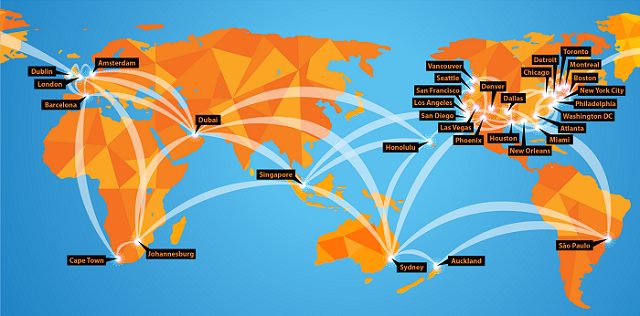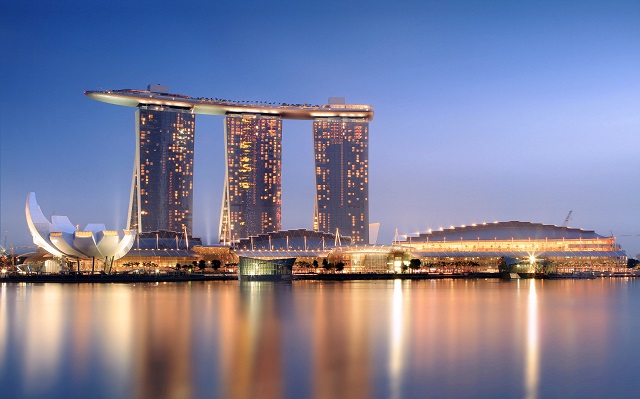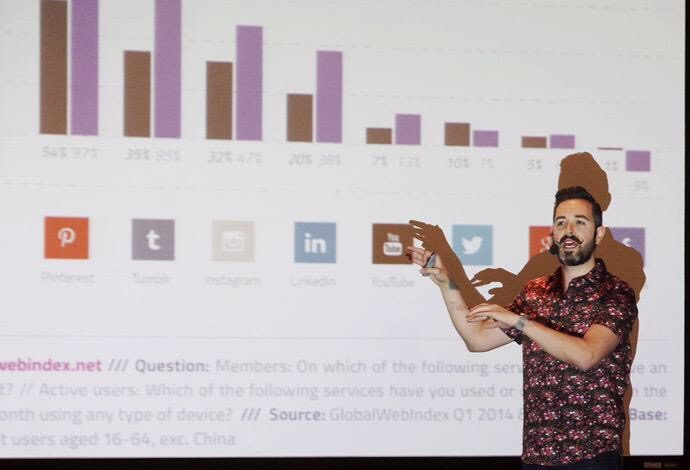Building a Robust Content Ecosystem: Why and How
By Harry Mackin There’s so much content out there. So, so much content. As a brand, creating more of it without clear direction and purpose is a path to wasted resources and spotty results.
Thinking about your content as an ecosystem — with every piece playing a unique, interrelated role — helps your brand stand out rather than blending into the environment.
What is a content ecosystem?
To understand what content ecosystems are, it’s helpful to explain what they aren’t. A content ecosystem isn’t just a blog, a collection of service pages, or even a content hub. All of these things can contribute to a content ecosystem as parts of its whole, but only if they’re strategically created to support and enhance each other from the outset.
In the example of a natural ecosystem like a forest or a pond, every living organism — no matter how big or small — plays a key role in maintaining a harmonious, sustainable balance. You can conceptualize your content ecosystem in the same way: an interconnected network of content working together. Like any ecosystem, every inhabitant has a unique place in your structure that helps it contribute to a larger goal, and together, all of the content in your ecosystem achieves something much greater than any piece could individually.
Learn about the fundamentals of human-centric content in the age of AI.
Watch our webinar
Why should I build a content ecosystem?
In a world overflowing with content, it’s easy to keep churning out blogs without a clear strategy. But without a cohesive framework, you’re not just adding to the noise — you’re potentially creating content dead ends that confuse your audience, and can even dilute your brand’s authority by competing against your own rankings.
A content ecosystem ensures that every piece of content has a purpose, working together to reinforce your expertise, guide your audience, and drive key actions. Instead of scattered efforts, you have a strategic framework where each asset plays a role in supporting your bigger business goals.
The result? Stronger messaging, smarter content paths, and a more powerful brand presence — because when content works together, it works harder.
How can I build a content ecosystem?
You probably don’t have to rip your current content up by the roots to integrate it into a more effective ecosystem. What you will have to do, however, is rethink what it’s doing and why on a piece-by-piece basis. As you do so, keep these tips in mind:
Start from audience intent and your goals
Any successful content ecosystem has two building blocks:
Your audience’s intent: In modern search and SEO content, intent is king. For your content ecosystem, it’s the answer to the question, “What did your audience want to find when they clicked on this page?” The success of your content depends entirely on how well it aligns with what your audience is actively searching for and expecting to see.
The brand’s goal: As a B2B company, your content should ultimately support your products or services, even if not directly. Every piece should connect to a larger strategy that guides …read more
Source:: Top Rank Blog

































